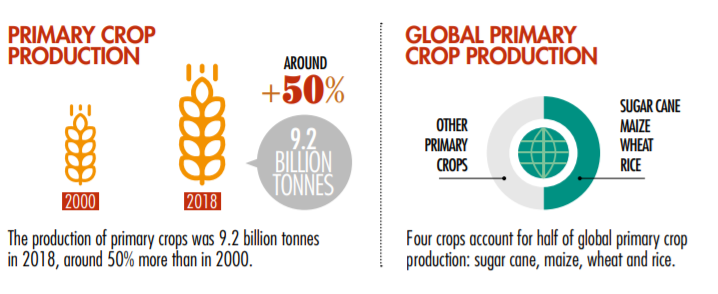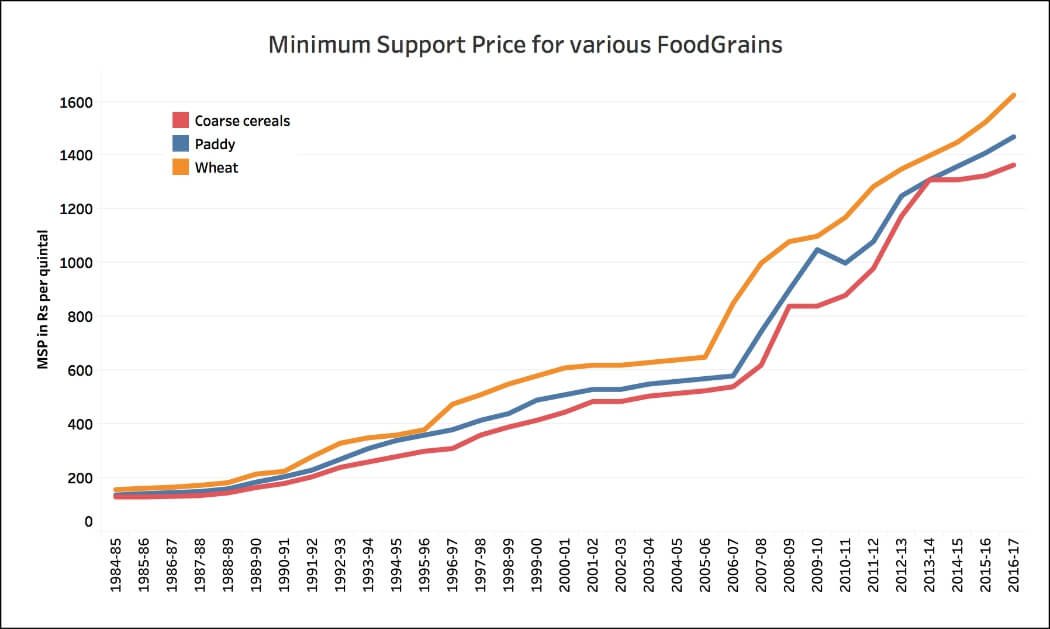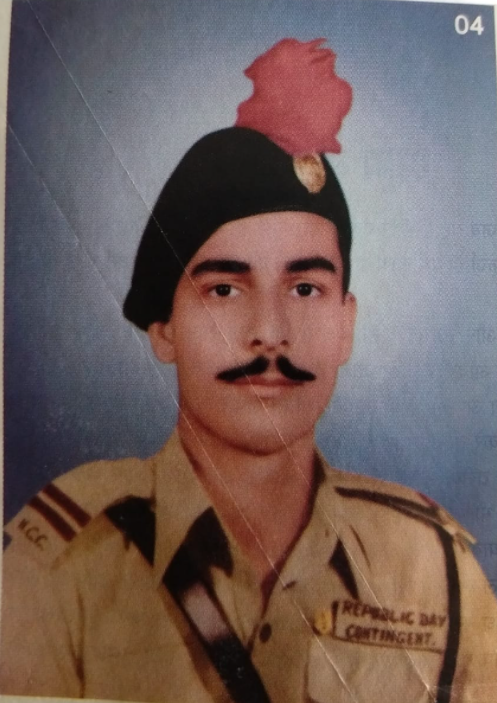
🧵Some Data Around Agriculture. Read and take your own side in the ongoing #FarmersProtest.
And if you have a counter view, show me Data, not emotions led tweets.
And if you have a counter view, show me Data, not emotions led tweets.
1. Four crops account for half of the global primary crop production: Wheat, sugar cane, rice and maize. 

2. Among them, this is the distribution of Production:
Americas is the leading region in the production of sugar
cane (54% of the world total), maize (50%). Asia leads in the production of rice (90%) and wheat (45%).
Americas is the leading region in the production of sugar
cane (54% of the world total), maize (50%). Asia leads in the production of rice (90%) and wheat (45%).

4. Globally, there has been a massive improvement in Crop productions. This has led to good stock up by most of the countries. 

5. Hence, there is no lucrative export market also. Esp in Wheat which is not used by rich nations. India mainly exports Rice, and others love to have it. Thus, they protect their water level and will have a long benefit in the coming decades. 

6. Why a Sudden change by this Govt?
Till 2011-12, it was OK. Since International Prices were equal or more than MSP, but then all thanks to massive production prices started going down and down
Till 2011-12, it was OK. Since International Prices were equal or more than MSP, but then all thanks to massive production prices started going down and down

9. So, by now what we know is: We are producing a good amount of Wheat, which is hardly been exported. We export Rice by harming our water level. But, overall prices are going down and it's not a business.
OK, what about Food Securities?
OK, what about Food Securities?

10. In India food security is an important issue, hence we are also spending more on it.
The bubble of India and China is almost of the same size.
The bubble of India and China is almost of the same size.

11. And, in doing so, Food Corporation of India (FCI) is buying Rice and Wheat at MSP (and at an increasing level- See No. 9). Also, this has lead to a higher debt level. It is Rs 2.65 lakh crore in March 2019, up from Rs 91,409 crore in March 2014 — an increase of over 190%.
12. Plus, electricity and other subsidies. Punjab’s electricity subsidy for farmers is at 1.1% (Rs 5,670 crore) of its nominal gross state domestic product in FY19, while the country’s stood at ~ 0.5% of GDP. So, Taxpaying Indian are feeding these farmers. As said by @ramprasad_c
13. The biggest issue of Indian Agriculture is that its inefficient. India’s cost of production is high coz of small land sizes, and lack of Farm tech. So, let's try to solve the bigger problems. 

END. Ya I know, all this sounded like too capitalist. As late Walter Williams said
“Prior to capitalism, the way people amassed great wealth was by looting, plundering and enslaving their fellow man. Capitalism made it possible to become wealthy by serving your fellow man."
“Prior to capitalism, the way people amassed great wealth was by looting, plundering and enslaving their fellow man. Capitalism made it possible to become wealthy by serving your fellow man."
• • •
Missing some Tweet in this thread? You can try to
force a refresh











